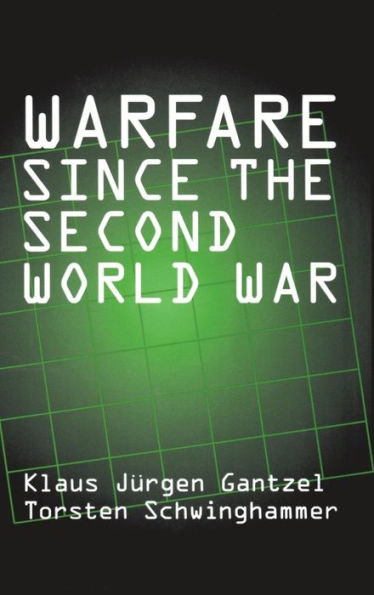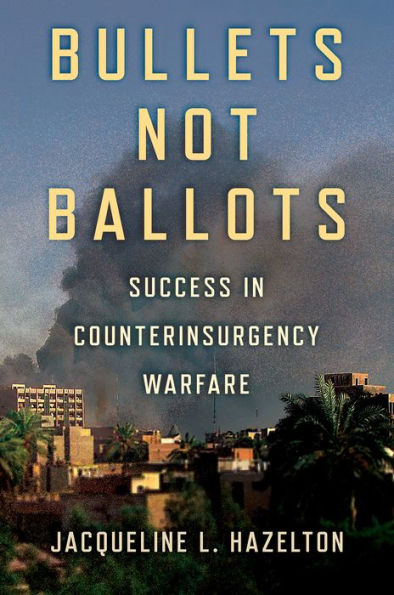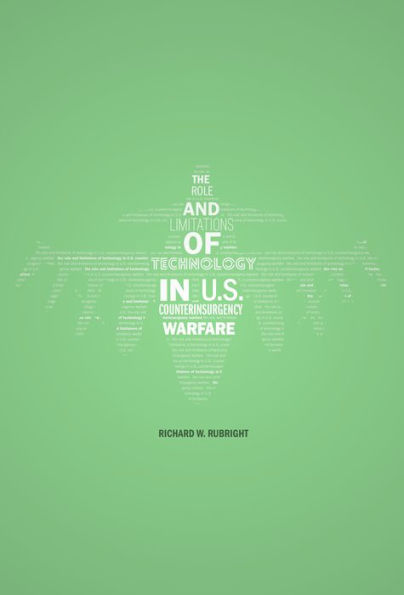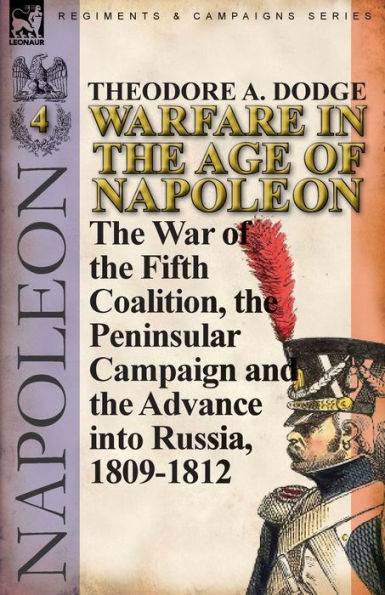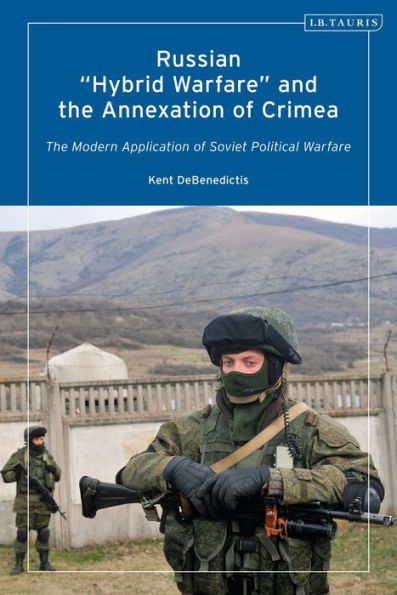Home
Counterinsurgency Warfare and Brutalisation: The Second Russian-Chechen War
Barnes and Noble
Loading Inventory...
Counterinsurgency Warfare and Brutalisation: The Second Russian-Chechen War in Franklin, TN
Current price: $68.99
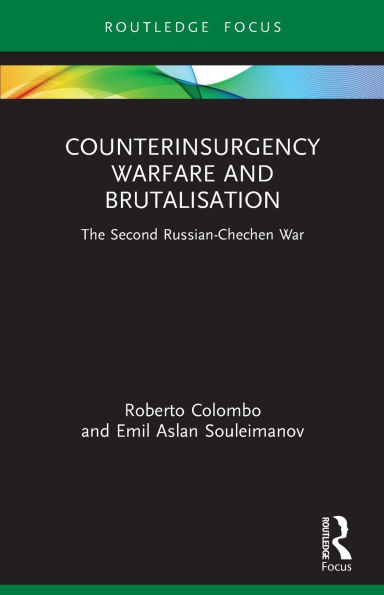
Barnes and Noble
Counterinsurgency Warfare and Brutalisation: The Second Russian-Chechen War in Franklin, TN
Current price: $68.99
Loading Inventory...
Size: Hardcover
This book offers the first analysis of the brutalisation paradigm in counter-insurgency warfare.
Minimising the use of force and winning over the population’s opinion is said to be the cornerstone of success in modern counterinsurgency (COIN). Yet, this tells only one side of the story. Drawing upon primary data collected during interviews with eyewitnesses of the Second Russian-Chechen War, as well as from secondary sources, this book is the first to offer a detailed analysis of the long-neglected logic underpinning brutalisation-centred COIN campaigns. It offers a comprehensive systematisation of the brutalisation paradigm and challenges the widespread assumption of brutalisation as an underperforming paradigm of COIN warfare. It shows that, although appalling, brutalisation-centred measures can deliver success. The book also outlines a stigmatised yet widely deployed set of COIN measures and provides critical insights into how Western military blueprints can be improved without compromising important moral and ethical requirements.
This book will be of much interest to students of counterinsurgency, military and strategic studies, Russian politics, and International Relations.
Minimising the use of force and winning over the population’s opinion is said to be the cornerstone of success in modern counterinsurgency (COIN). Yet, this tells only one side of the story. Drawing upon primary data collected during interviews with eyewitnesses of the Second Russian-Chechen War, as well as from secondary sources, this book is the first to offer a detailed analysis of the long-neglected logic underpinning brutalisation-centred COIN campaigns. It offers a comprehensive systematisation of the brutalisation paradigm and challenges the widespread assumption of brutalisation as an underperforming paradigm of COIN warfare. It shows that, although appalling, brutalisation-centred measures can deliver success. The book also outlines a stigmatised yet widely deployed set of COIN measures and provides critical insights into how Western military blueprints can be improved without compromising important moral and ethical requirements.
This book will be of much interest to students of counterinsurgency, military and strategic studies, Russian politics, and International Relations.
This book offers the first analysis of the brutalisation paradigm in counter-insurgency warfare.
Minimising the use of force and winning over the population’s opinion is said to be the cornerstone of success in modern counterinsurgency (COIN). Yet, this tells only one side of the story. Drawing upon primary data collected during interviews with eyewitnesses of the Second Russian-Chechen War, as well as from secondary sources, this book is the first to offer a detailed analysis of the long-neglected logic underpinning brutalisation-centred COIN campaigns. It offers a comprehensive systematisation of the brutalisation paradigm and challenges the widespread assumption of brutalisation as an underperforming paradigm of COIN warfare. It shows that, although appalling, brutalisation-centred measures can deliver success. The book also outlines a stigmatised yet widely deployed set of COIN measures and provides critical insights into how Western military blueprints can be improved without compromising important moral and ethical requirements.
This book will be of much interest to students of counterinsurgency, military and strategic studies, Russian politics, and International Relations.
Minimising the use of force and winning over the population’s opinion is said to be the cornerstone of success in modern counterinsurgency (COIN). Yet, this tells only one side of the story. Drawing upon primary data collected during interviews with eyewitnesses of the Second Russian-Chechen War, as well as from secondary sources, this book is the first to offer a detailed analysis of the long-neglected logic underpinning brutalisation-centred COIN campaigns. It offers a comprehensive systematisation of the brutalisation paradigm and challenges the widespread assumption of brutalisation as an underperforming paradigm of COIN warfare. It shows that, although appalling, brutalisation-centred measures can deliver success. The book also outlines a stigmatised yet widely deployed set of COIN measures and provides critical insights into how Western military blueprints can be improved without compromising important moral and ethical requirements.
This book will be of much interest to students of counterinsurgency, military and strategic studies, Russian politics, and International Relations.
